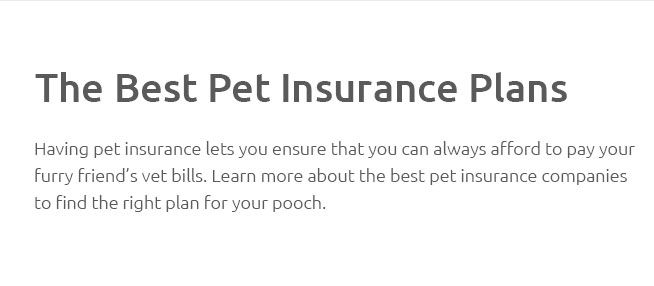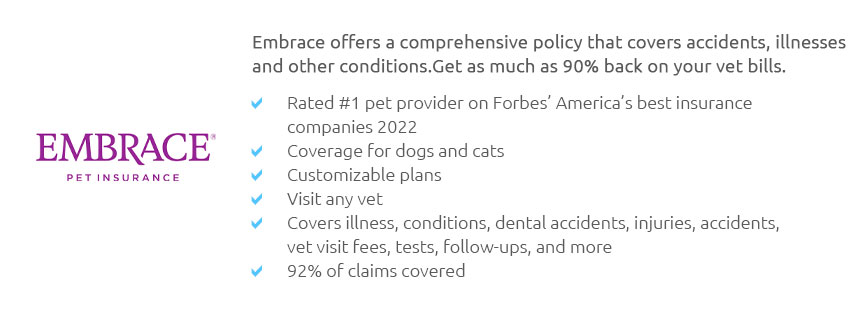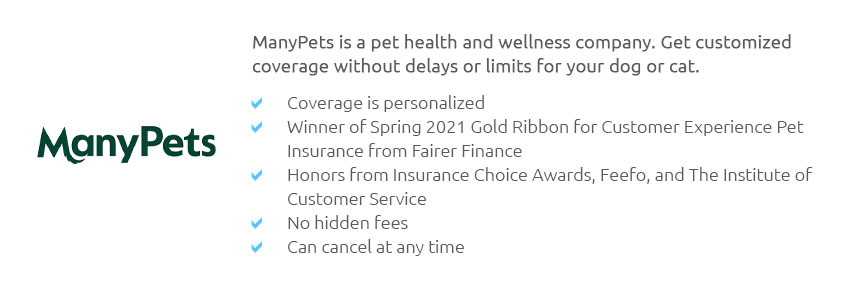 |
 |
 |
 |
 |
 |
|
 |
|
 |
|
 |
|
 |
|
 |
 |
 |
 |
 |
 |
 |
 |
dog friendly homeowners insurance explained for cautious pet ownersWhat it really coversPolicies marketed as dog friendly usually accept more breeds, consider training records, and weigh incident history instead of blanket bans. You still get core protections-liability for bites, guest injuries, and legal defense-yet exclusions may apply for prior claims or off-premises events. Pros and cons at a glanceThe big upside is flexibility. Insurers that welcome pets often let you bundle obedience certificates or proof of spay/neuter for better terms. The downside: premiums can be higher, limits may cap animal liability separately, and some carriers require fenced yards or leash warranties.
How to choose smartlyAsk for the animal liability endorsement in writing, verify whether renters and guests’ dogs are covered, and compare per-occurrence vs. aggregate limits. Share vet records and microchip data; they can signal responsibility. Finally, document safety steps-signage, gates, and socialization-to strengthen your case and keep premiums in check. https://www.allstate.com/resources/home-insurance/dog-friendly-homeowners-insurance
The only way to know for sure how your pet will affect coverage is to talk with your insurer. Be honest with your insurance provider when discussing your pet. https://www.policygenius.com/homeowners-insurance/dog-friendly-homeowners-insurance-companies/
Allstate, State Farm, USAA, and Plymouth Rock all top our list of the best dog-friendly homeowners insurance companies. https://www.reddit.com/r/pitbulls/comments/trau0t/hello_fellow_pittie_owners_what_company_do_you/
State Farm is the best. I bought a house owning 4 rotties paid the same liability somebody with 1 poddle would pay a dog is a dog as far as ...
|